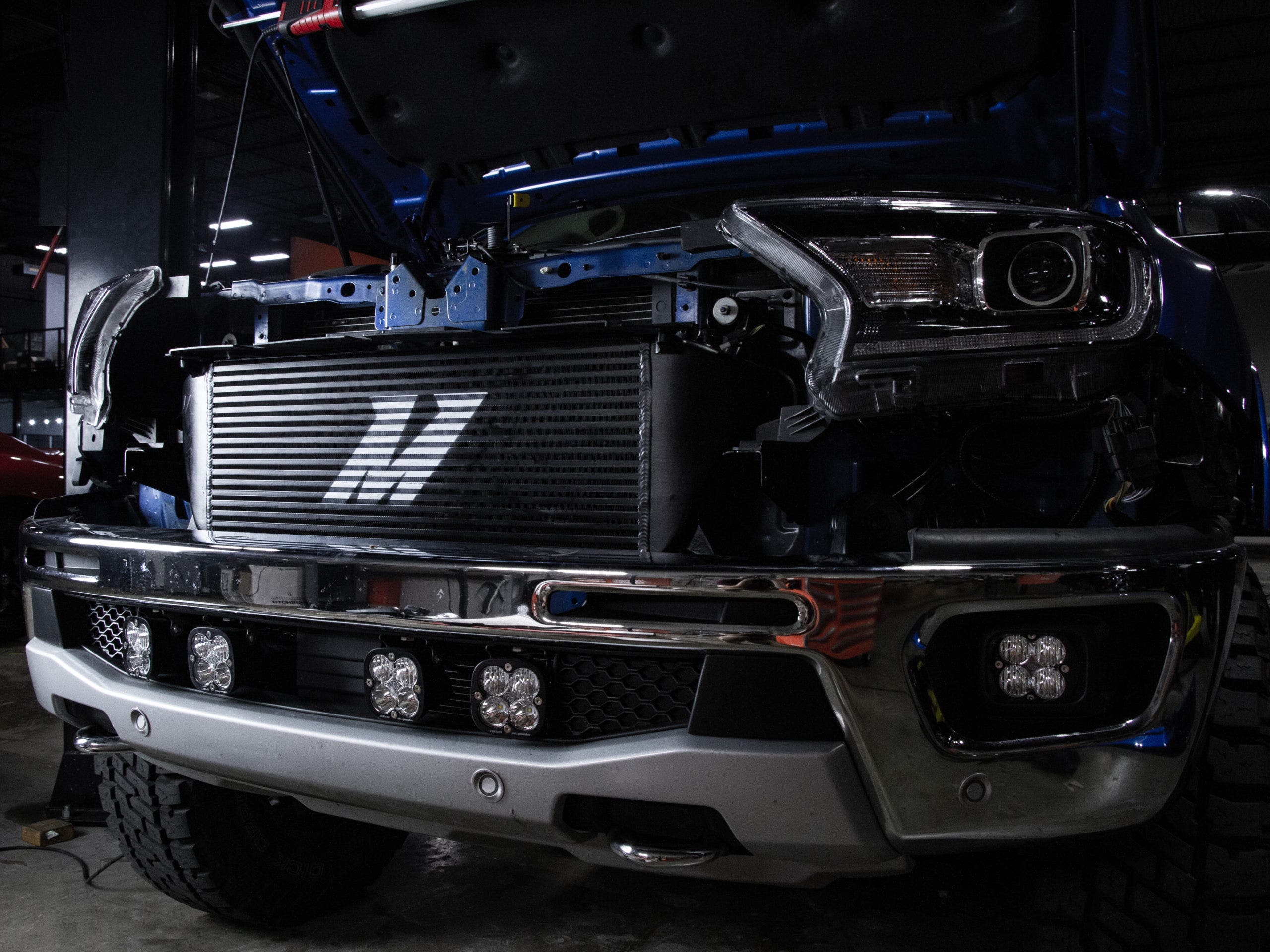
Go Your Own Way - Performance Intercooler R&D, Part 5 - Production Sample and Testing Results
Nothing gathers us here in the Mishimoto facility, quite like the delivery of the latest production sample. In a way, it's almost like we're tearing into the parts for our own builds. We've been pouring over the 3D models and QC photos, pondering similar questions as anyone online shopping for parts. Will it be built to spec? Will it perform as designed? All questions asked before submitting the order, but now it's here, in the flesh! Like every one of our past projects, we get to pull this intercooler from the box, strap it directly to the dyno, and answer those questions.
First up: was it built to spec? That question is answered with a simple and resounding, "yup." The idea was to create a durable intercooler that looks great peeking through the grille. Not to toot our own horn, but it meets those qualifications. I'll let the photos do the talking, though:
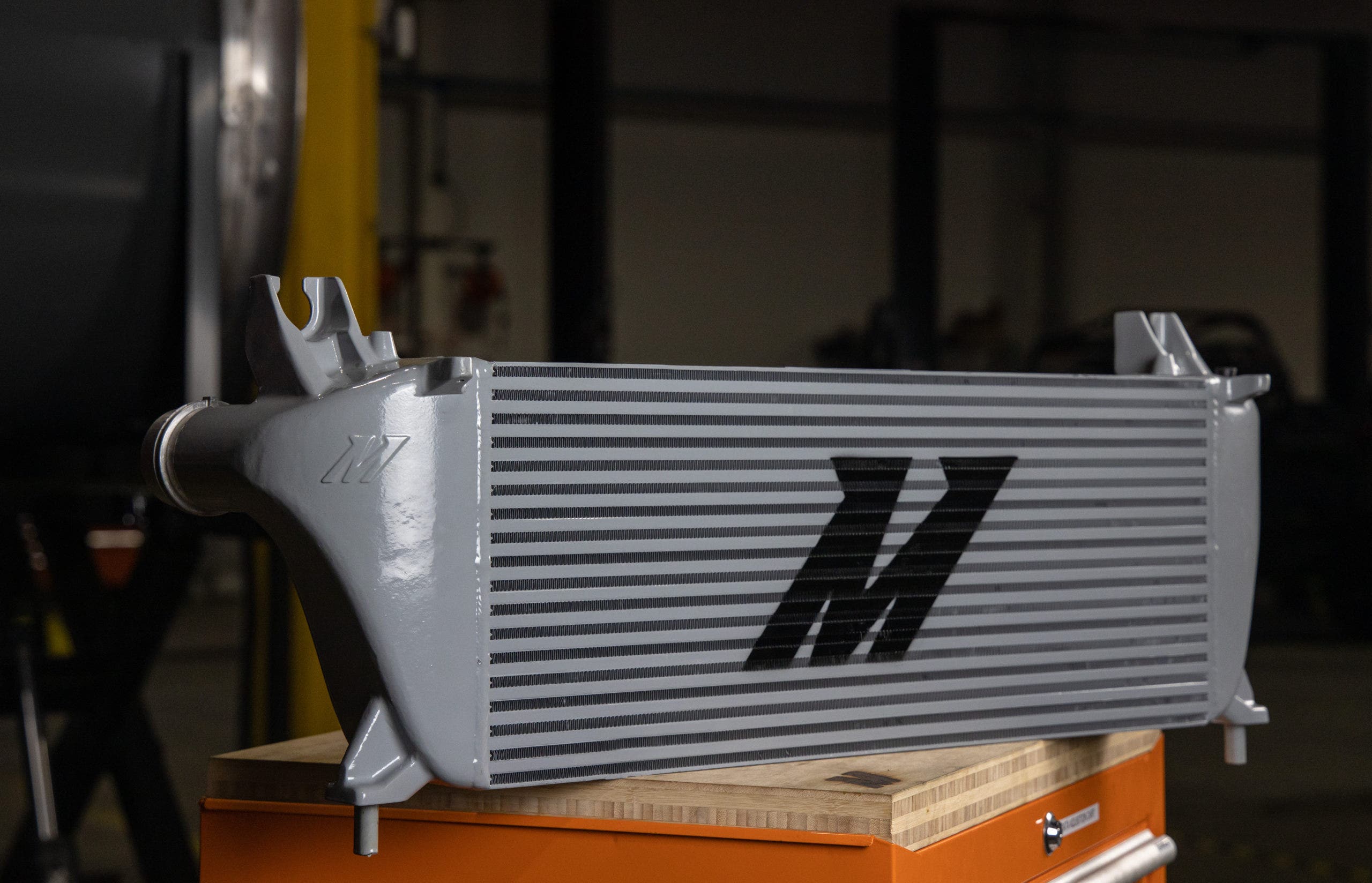
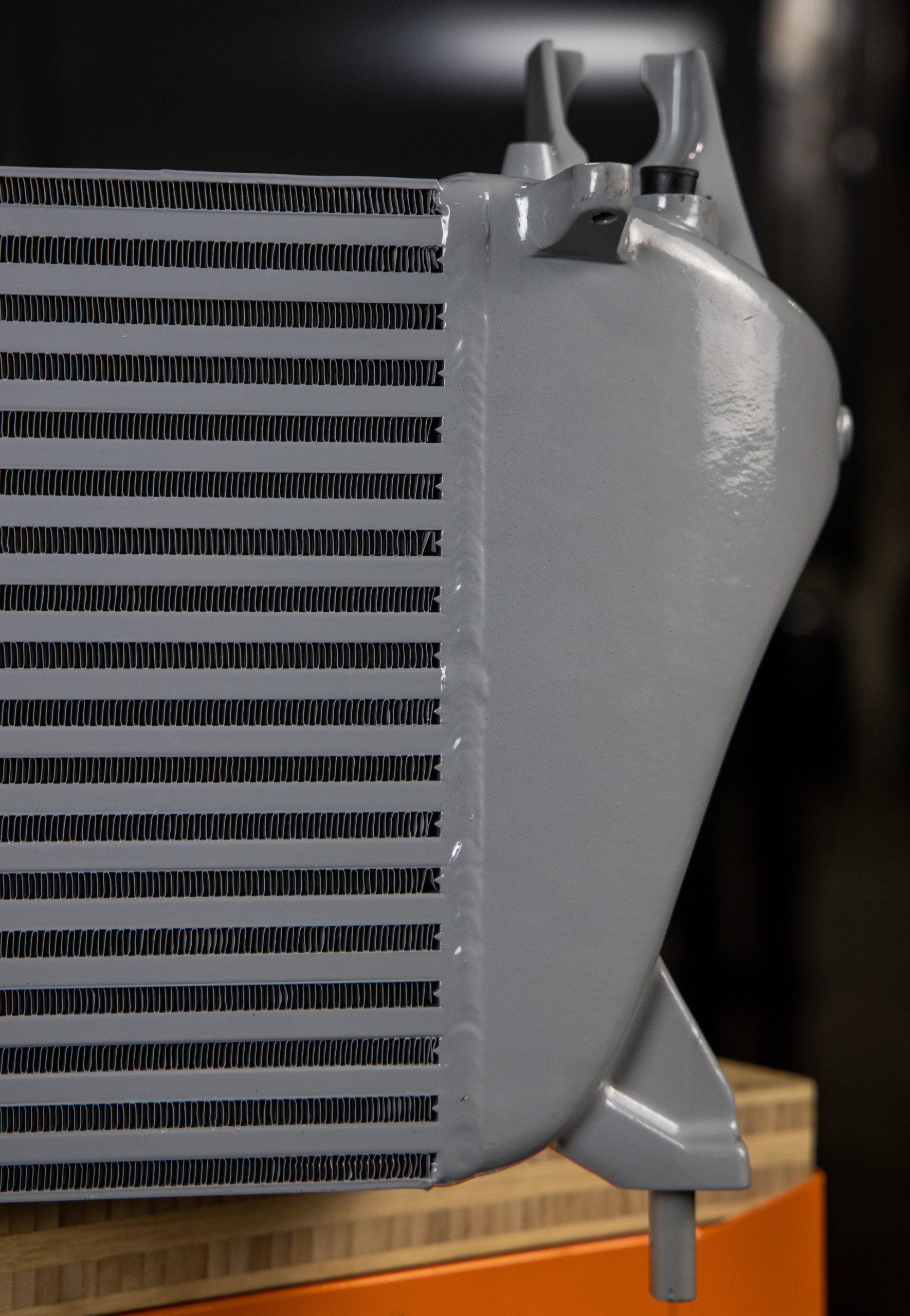
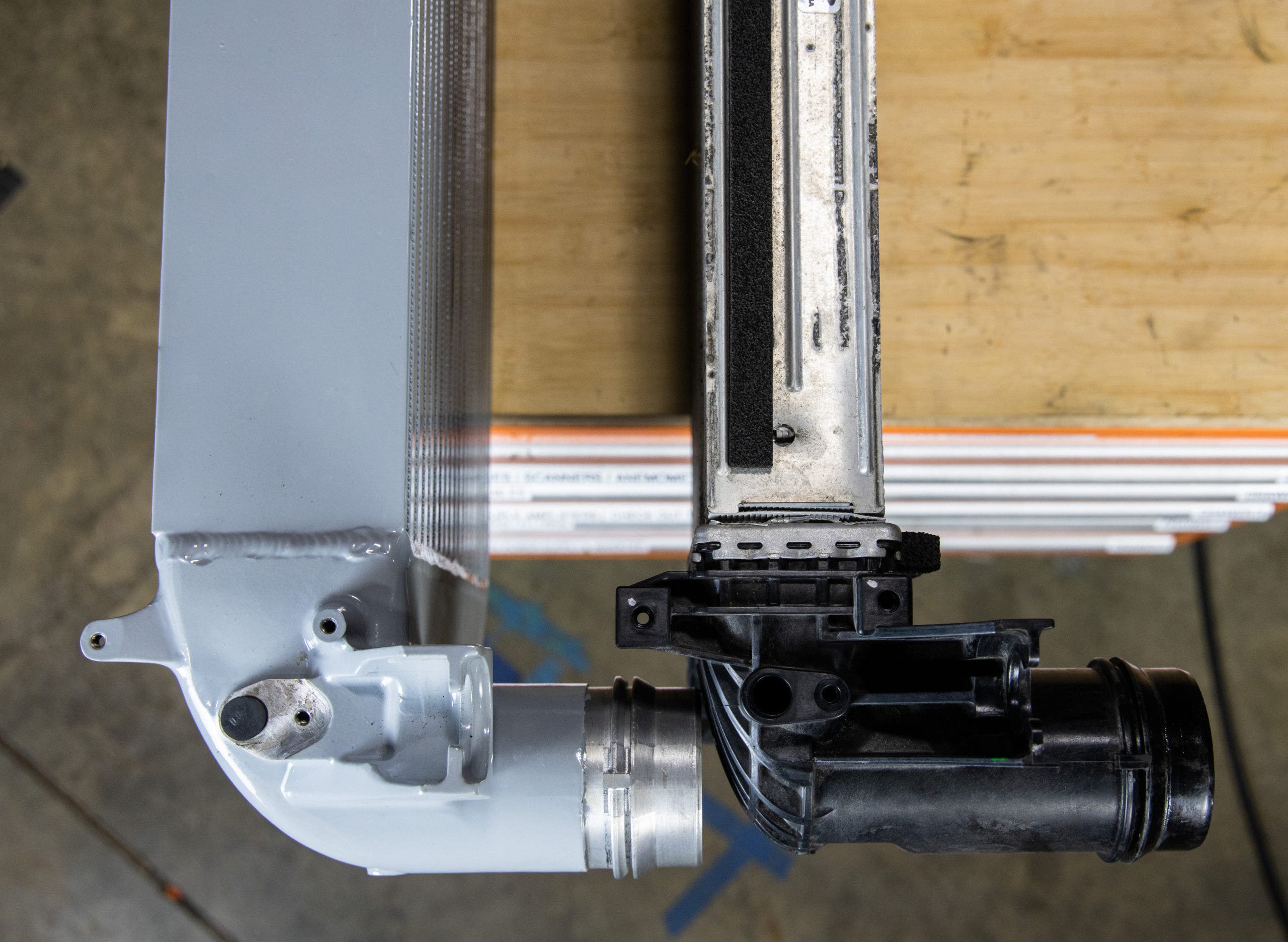
The beauty of this intercooler is more than just skin deep, starting with our end tanks. The Ranger's stock intercooler uses plastic end tanks that crimp to the core from the factory. Over time the plastic breaks down, or those crimps come loose, and you lose boost pressure in one way or another. Our end tanks are a solid piece of cast aluminum, built to match the Ranger's robust nature. Our engineer, Ye, also included dual diverter plates within the end tanks to ensure the entire core was being utilized and reshaping the tanks to reduce restriction. Both improvements promote an increased flow to and from the core for better performance.
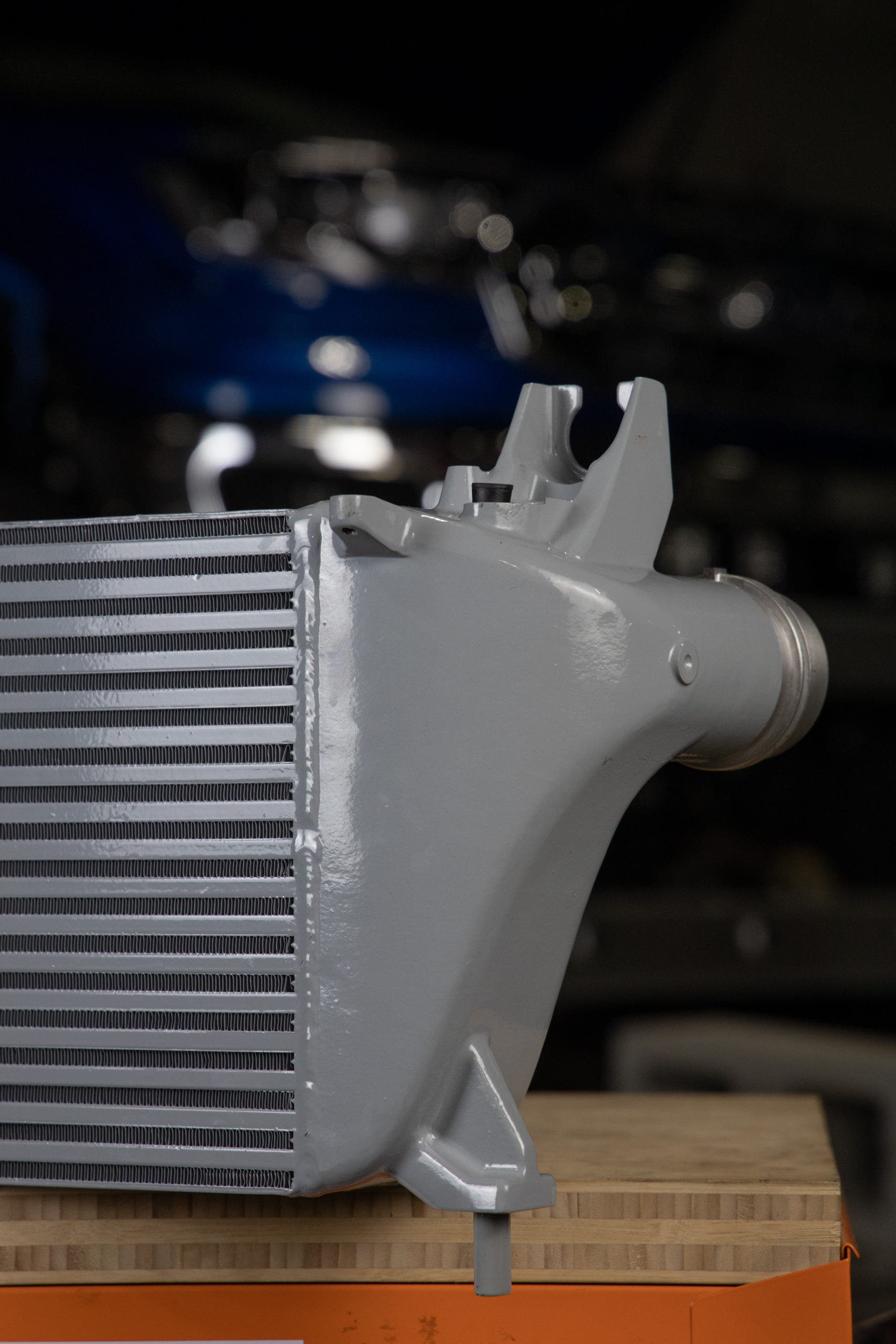
The new construction also means all the other end tank components are beefier. Specifically, the mounting tabs and machined pegs are now aluminum to ensure that your intercooler stays put even when traversing treacherous terrain. The inlet and outlet also received a makeover and are now CNC-machined aluminum for a secure fit to both the stock pipes and our performance piping kit. To top it all off, we TIG-welded these end tanks to the core for a much more secure connection.

The core is where the magic happens. By magic, I mean science and heat transfer, of course. This is the part that keeps your intake air temperatures down, so we pulled out all the stops, starting with the construction. Gone is the light and flimsy factory tube-and-fin core. It's replacement is a much more robust bar-and-plate design. Bar-and-Plate construction utilizes heftier air passages and beefier fins to promote durability, flow, and heat transfer. With the core and end tanks combined, we reduced flow restriction by 24%, allowing for a free-flowing intercooler.

The core construction isn't the only update over the stock design, either. Though it's a tight fit in the front of the Ranger, our engineer still made some core size increases to aid in the charged air heat dissipation. Primarily, we added an additional inch to the core's thickness, which might not sound like much, but it equated to a 47% increase in core volume. Thanks to our fin adjustments, we were also able to add three more rows of fins and 49% in external fin surface area.
All of this looks great on paper, but does it actually work in the truck? Well, that's precisely what we intend to find out. To do so, we strapped our Ranger to the DynoJet for a series of tests in a range of configurations for a comprehensive look at the intercooler's performance.
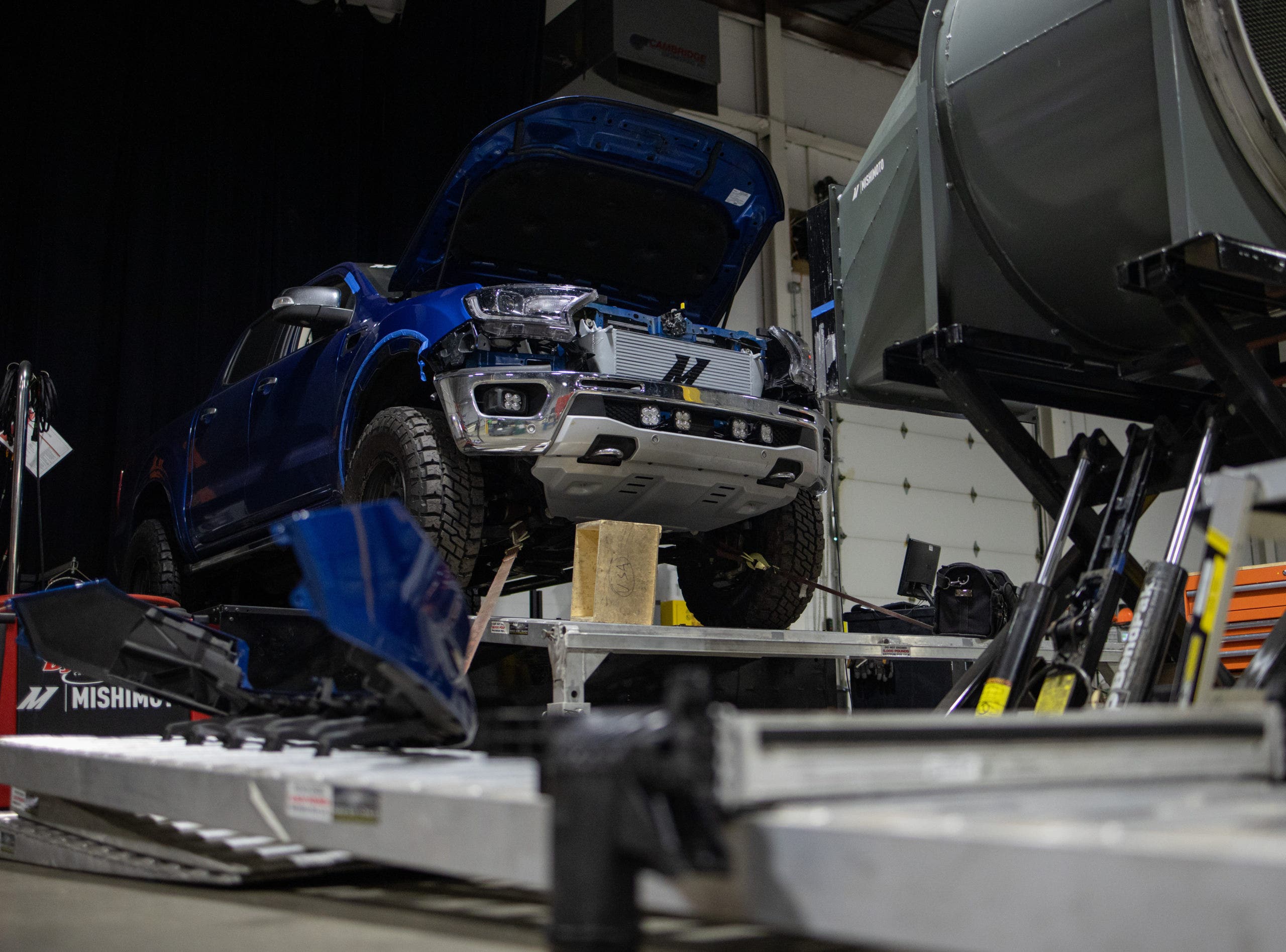
If you're an avid reader of the blog, you might notice that we primarily use our DynaPack system. In some cases, the DynoJet is a better option for more accurate results. Ideally, we lock the truck into a specific gear and simulate load with the DynaPacks. But, on some vehicles (the Ranger in this instance), that's easier said than done. For that reason, we chose the DynoJet setup allowing the truck to work through the gears naturally.
Astute readers might have also noticed that we're not testing our truck in its fully stock form. That is also intentional since we wanted to test our truck as it's found in the wild. We installed a suite of the more common Ranger modifications, including larger wheels and tires, to mimic real-world conditions. Make sure to check out our post on the modifications we installed on our Ranger. Up and Downgrade - How Mods Really Affect Your Ranger's Performance
Our testing consists of three stages. We start on the flow bench to determine if our size upgrades are beneficial to reducing flow restrictions. Our flow bench testing results can be found in our last post, or just scroll back up to view our piping and intercooler flow testing results. The next two stages take place on the dyno and test the intercooler's heat dissipation abilities and the highly coveted power gains.
Since the intercooler's primary function is to cool the charged air, let's start with the heat soak testing. This test consists of 5 consecutive power pulls with no cool-down period in between to simulate extreme driving conditions. We measured the inlet and outlet temperatures. After crunching the data, we found that our intercooler pulled an additional 7°F from the outlet temperatures. 7°F might not sound like much, but every bit of heat pulled from intake air charge counts, especially after installing a tune.

For our power testing, we started with our piping kit. Typically, pipes are the support units for the intercooler and don't result in power on their own. However, our intercooler pipe kit provides extra flow, which resulted in a power gain of 9.78 WHP and 9 WTQ with a stock tune.
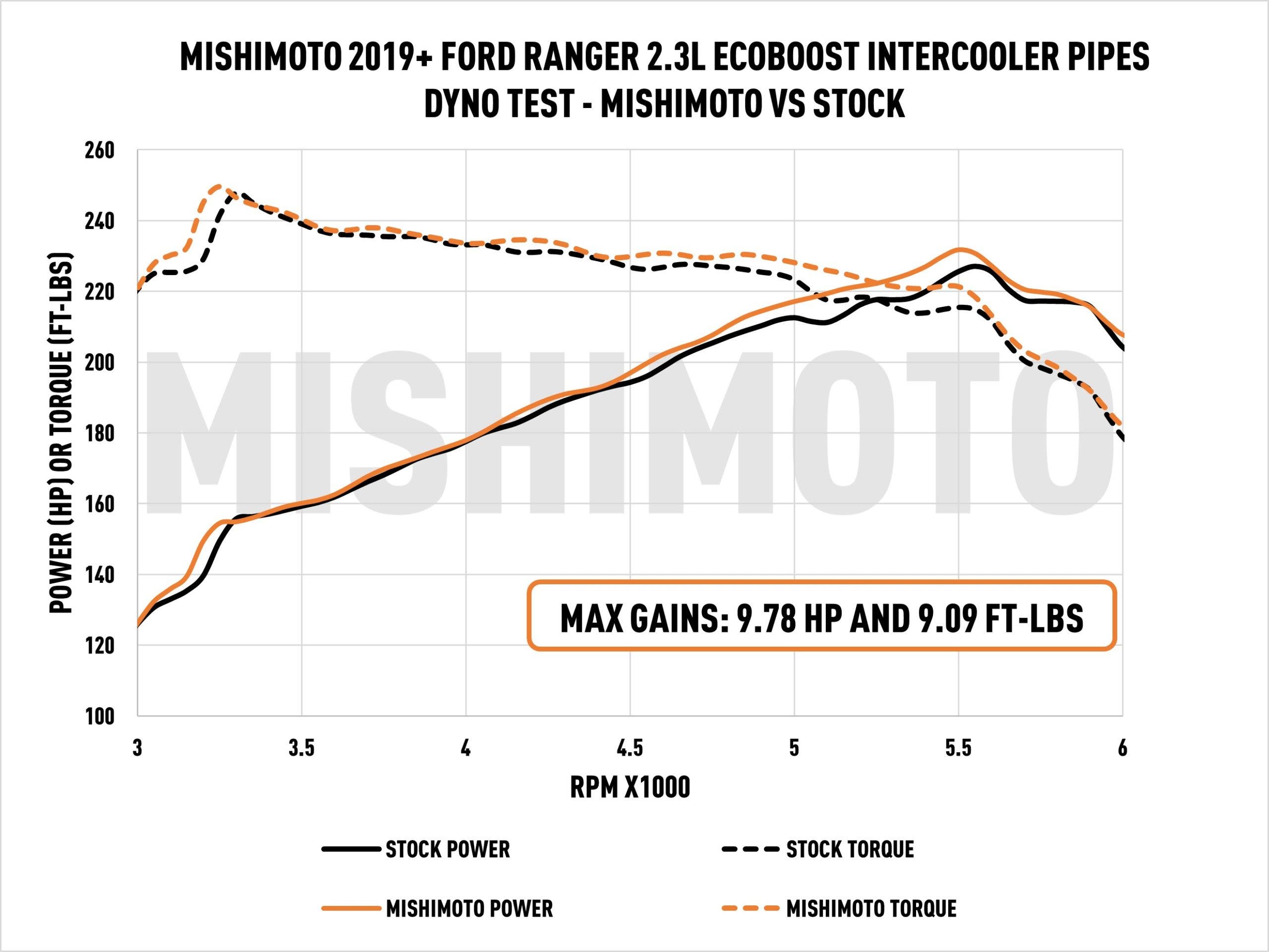
The combination of improved heat dissipation and reduced restriction usually results in a bolt-on power bump when installing an intercooler on a stock tune. In our case, we did not see the additional power from just installing the intercooler with stock pipes and the stock tuning, but this isn't a bad thing. Upgrading the intercooler is just one piece in solidifying the intercooling kit for additional power by way of a tune or larger turbo. In short, the intercooler is performing as designed by pulling more heat from your charged air while providing a better foundation for increased power. However, when coupled with our piping, the compounding power of flow and cooling yielded total power gains of 13.65 WHP and 13.93 WTQ.
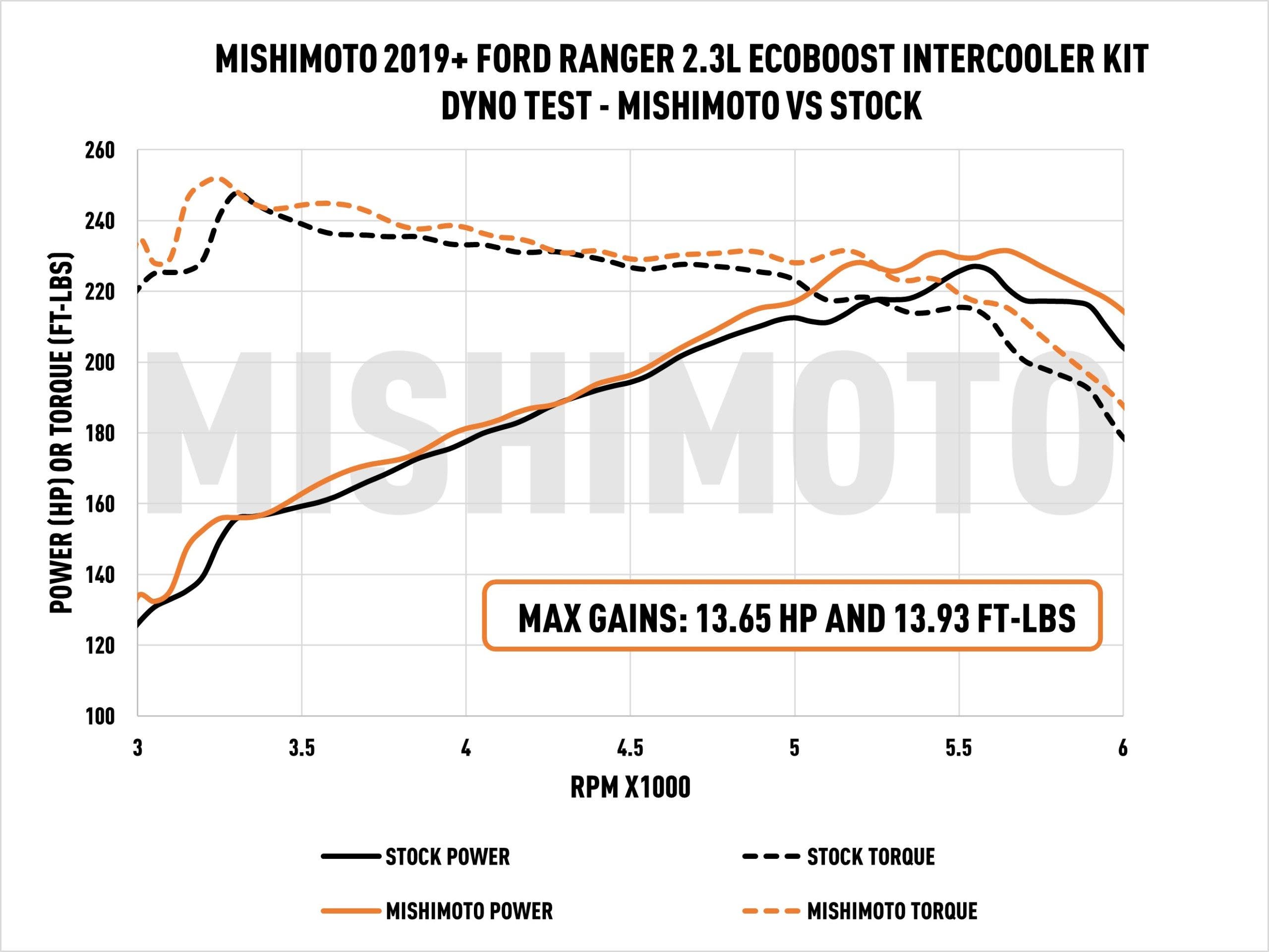
The 2019+ Ford Ranger is a Super Duty load of versatility and potential, all wrapped up in a mid-sized package. This bite-size truck finds itself at home in the city, on the job site, and the small stature is advantageous once the road runs out. An upgraded intercooler kit gives your Ranger the foundation to fully unlock that potential without breaking a sweat. Make sure you get yours today:
Performance Intercooler, fits Ford Ranger 2.3L EcoBoost, 2019+
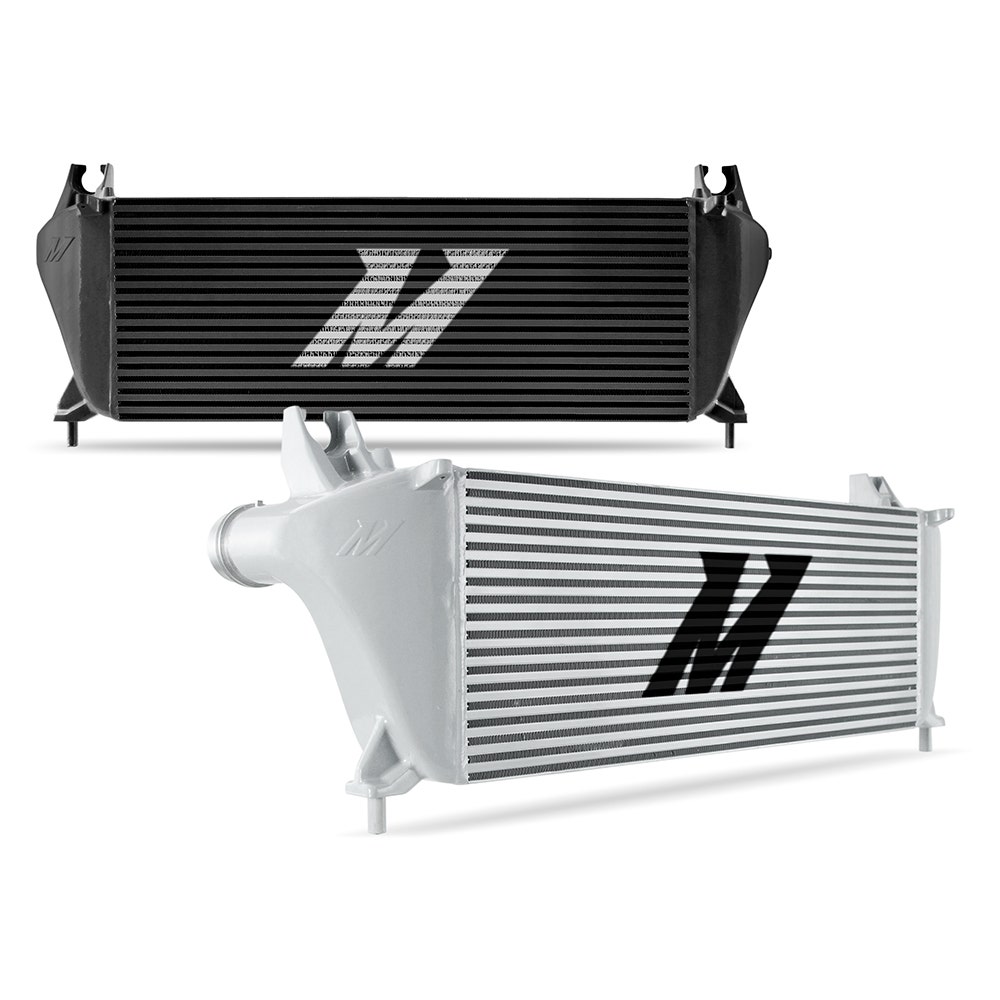
Performance Intercooler Kit, fits Ford Ranger 2.3L EcoBoost, 2019+
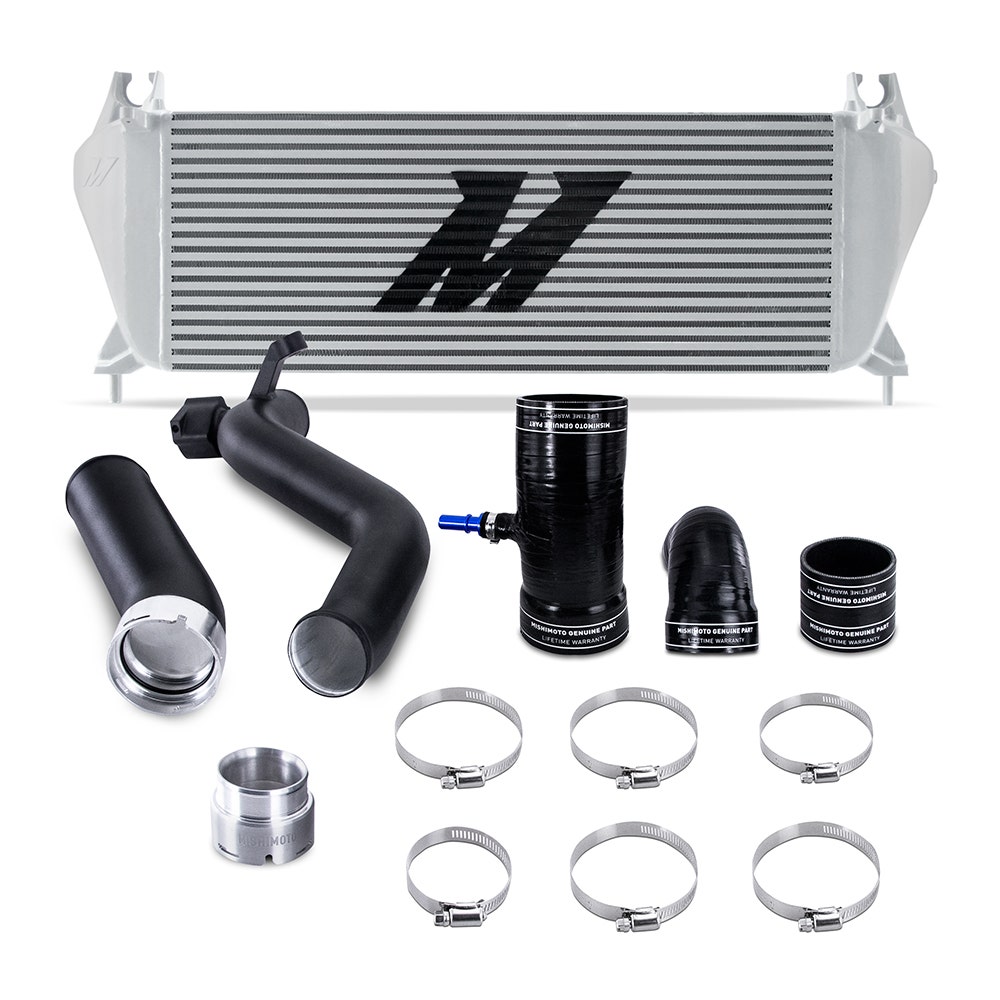
Thanks for Reading!
-Nick









